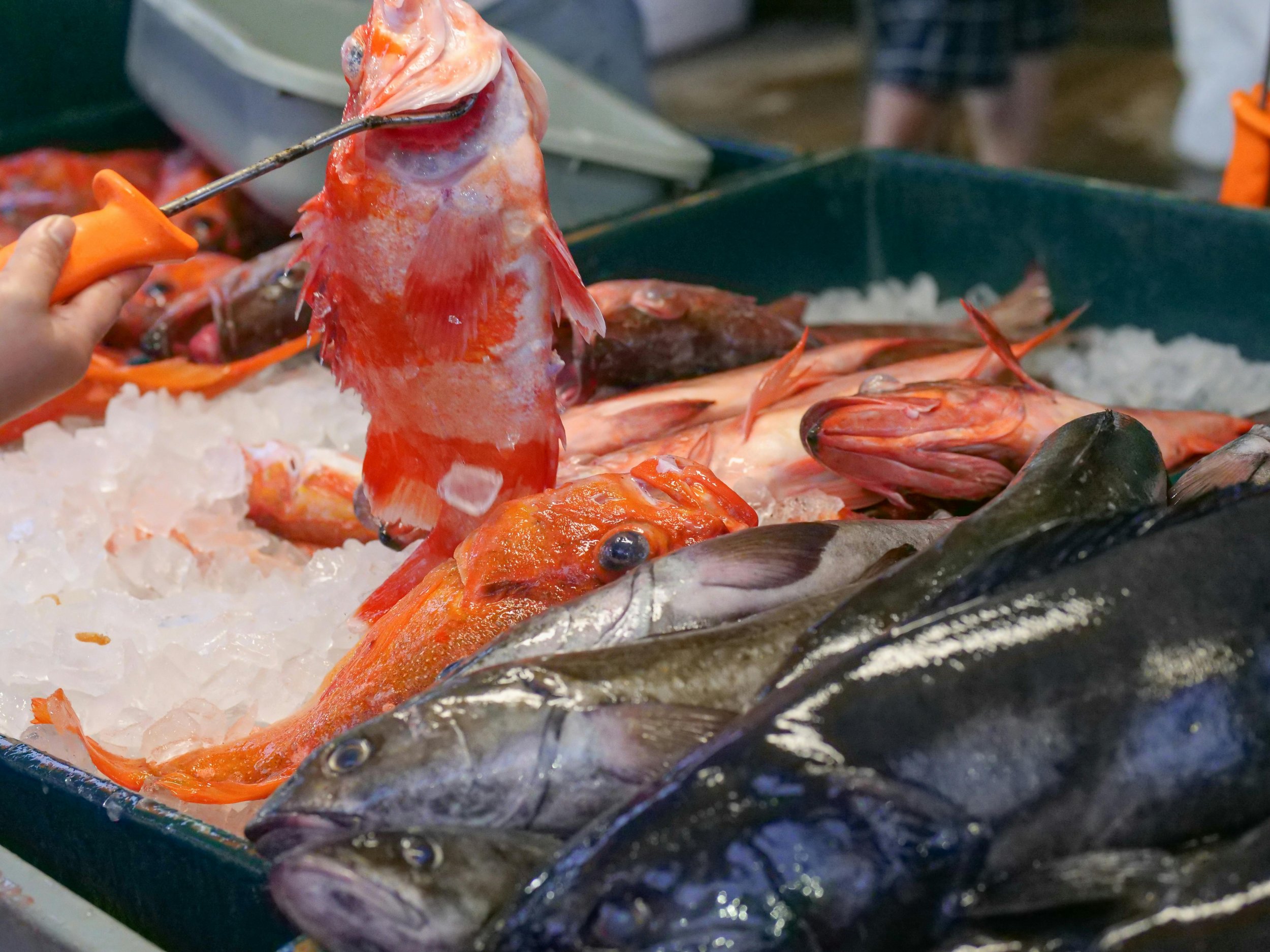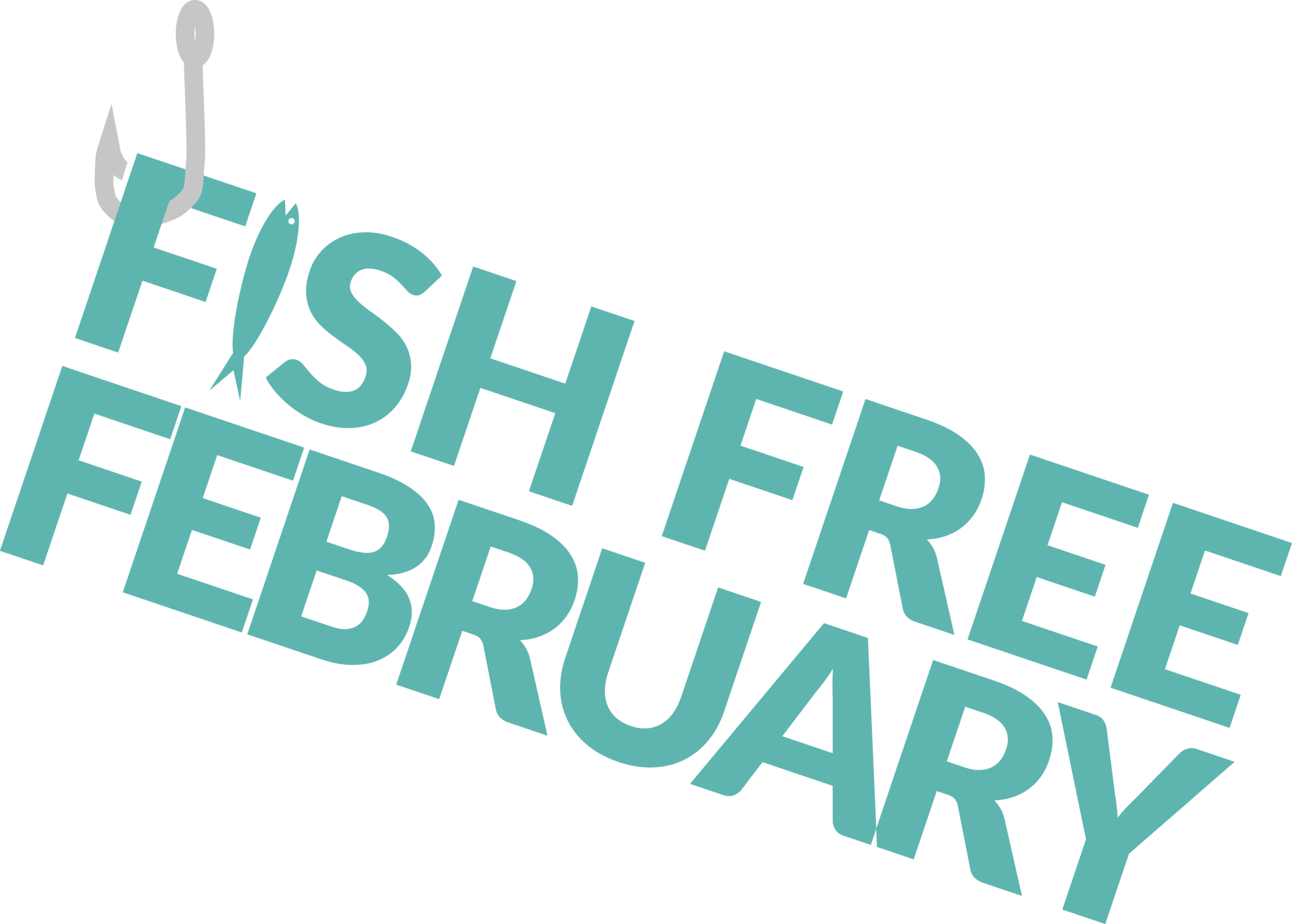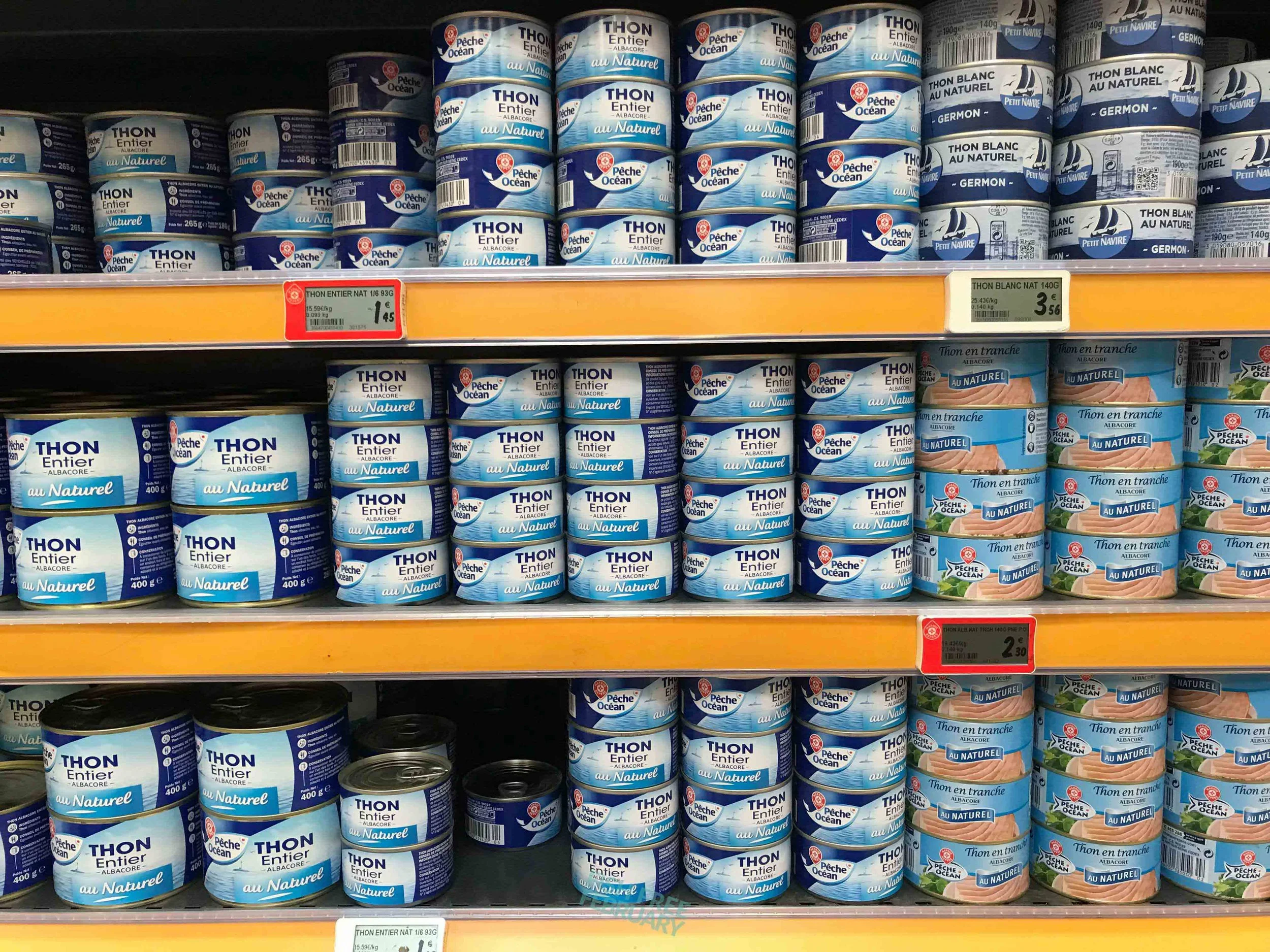
Overview
The mislabelling of seafood is a deceptive practice that involves misrepresenting the identity, source, or quality of seafood products. This practice not only defrauds consumers but also has significant environmental, economic, and social implications. Mislabelling can involve substituting one type of seafood for another, labeling farmed fish as wild-caught, or misrepresenting the geographic origin of the catch. It undermines consumer trust, threatens sustainable fishing practices, and contributes to overfishing, ultimately endangering the oceans and marine ecosystems.
Definitions
Mislabeling – seafood labeled inaccurately with species name, origin or catch method
Seafood supply chain - the process from the fisher to the consumer which may involve the seafood being passed to aggregators, primary processors, traders, wholesalers, dealers, Packagers, secondary processors, distributors, transporters
DNA Barcoding - identifying a species by its characteristic DNA
Blockchain - tamper-proof technology that can be used to trace every step of the supply chain with information on harvest, processing, transportation and more
Deep Dive
It’s pretty easy for a consumer to tell a chicken breast from a beef sirloin on the supermarket shelf, or a pork chop from a t-bone steak in a restaurant. What about a fillet of snapper from a fillet of seabream? Or grilled grouper steak from a king mackerel steak? Not as easy is it.
When you buy seafood from a fish monger, supermarket or in a restaurant, chances are there’ll be a little bit of information about what species you are buy, where it has come from and maybe even how it was caught. We highly recommend paying attention to this information as it can help make more sustainable and informed decisions if you are continuing to eat seafood. However, sadly sometimes these labels need to be taken with a pinch of salt.
In some instances the information on the label is wrong, this is called mislabelling and it is a sizable issue in the seafood industry. The seafood supply chain is often long and complex, allowing for many points of possible fraudulent activity. Misalebeling of seafood refers to both the fraudulent and accidental substitution of seafood (what you actually get) with the consumer’s expected product (what’s on the label).
Some examples of how mislabeling can happen include:
swapping the species
swapping the catch location or fishing gear
replacing wild-caught with farmed seafood
In some cases, the mislabeling of species can be accidental as common names for species vary from country to country and even within regions. However, in nearly all cases studied, lower priced seafood is replaced for the higher priced labeled product indicating more fraudulent motives at play.
One study across six countries investigated fish labelled as ‘Snapper’ through DNA analysis and found that 40% of the fish tested were mislabeled, with Canada and the UK having rates of 55% mislabeling. The substituted species were a mix of 67 different species from 16 families. On the surface is may not seem too serious, but it can have negative impacts on public health, fraud, overfishing, high levels of bycatch and pressure on threatened species.
Another commonly mislabeled seafood product is farmed salmon being labeled as wild salmon as it is more marketable. In the US, salmon sold out of season had a 30% chance of being labeled wild when it was actually from farmed salmon sources (this number does drop during the summer when salmon is in season).
Unfortunately, this issue is global. Studies have been conducted through North America, South America, Africa, Europe, Asia and Australia and New Zealand. It undermines responsible fishers and businesses, while misleading consumers if they are making their choice of sea food for environmental or dietary reasons. Some species have been mislabeled and substituted with species containing higher levels or mercury which could put pregnant women and unborn children at risk.
Many of the issues we talk about at Fish Free February can be reduced or removed by opting for certain methods of catch or certain species of sea food. Decisions made in good faith by consumers to reduce their impact can be rendered pointless if the item they chose has merely posed as product from a sustainable and ethically sourced fishery. This makes attempting to be sustainable even harder when labels are not always a true representative of the product.
All the hard work to reduce by-catch and overfishing are wasted if the seafood is being substituted for products from fisheries with less effective management policies.
Hope
While seafood mislabelling poses significant challenges, there have been positive developments in addressing this issue. Technology, such as DNA barcoding and blockchain, is being harnessed to enhance traceability and transparency in seafood supply chains. Consumers are also becoming more aware of unsustainable seafood choices, encouraging producers to adopt ethical practices and accurate labeling.
Since the COVID-19 pandemic, some fisheries started to look for alternative supply chain routes as restaurants closed. Some started to sell directly to consumers. Reducing the length of the supply chain could have positive impacts on seafood fraud and mislablling. More localised seafood markets could help rebuild consumer trust and support more sustainable local fisheries.
Initiatives
Blockchain in Seafood Traceability: Various initiatives are exploring blockchain technology to improve transparency and traceability in seafood supply chains. By recording every step of the process on an immutable ledger, consumers can verify the journey of the seafood they purchase, discouraging mislabelling and fraud.
EU Regulation: The European Union has been taking steps to combat seafood fraud and mislabelling through the implementation of the EU IUU (Illegal, Unreported, and Unregulated) Regulation. This requires all seafood products to be accompanied by documentation proving their legality and origin. Labeling of EU seafood must include commercial and scientific species names, whether it was farmed or fished, the catch area or country of production and the fishing gear used. All of this empowers the consumer to help make more sustainable choices. If you aren’t sure where your seafood has come from, maybe you should be eating it at all?

